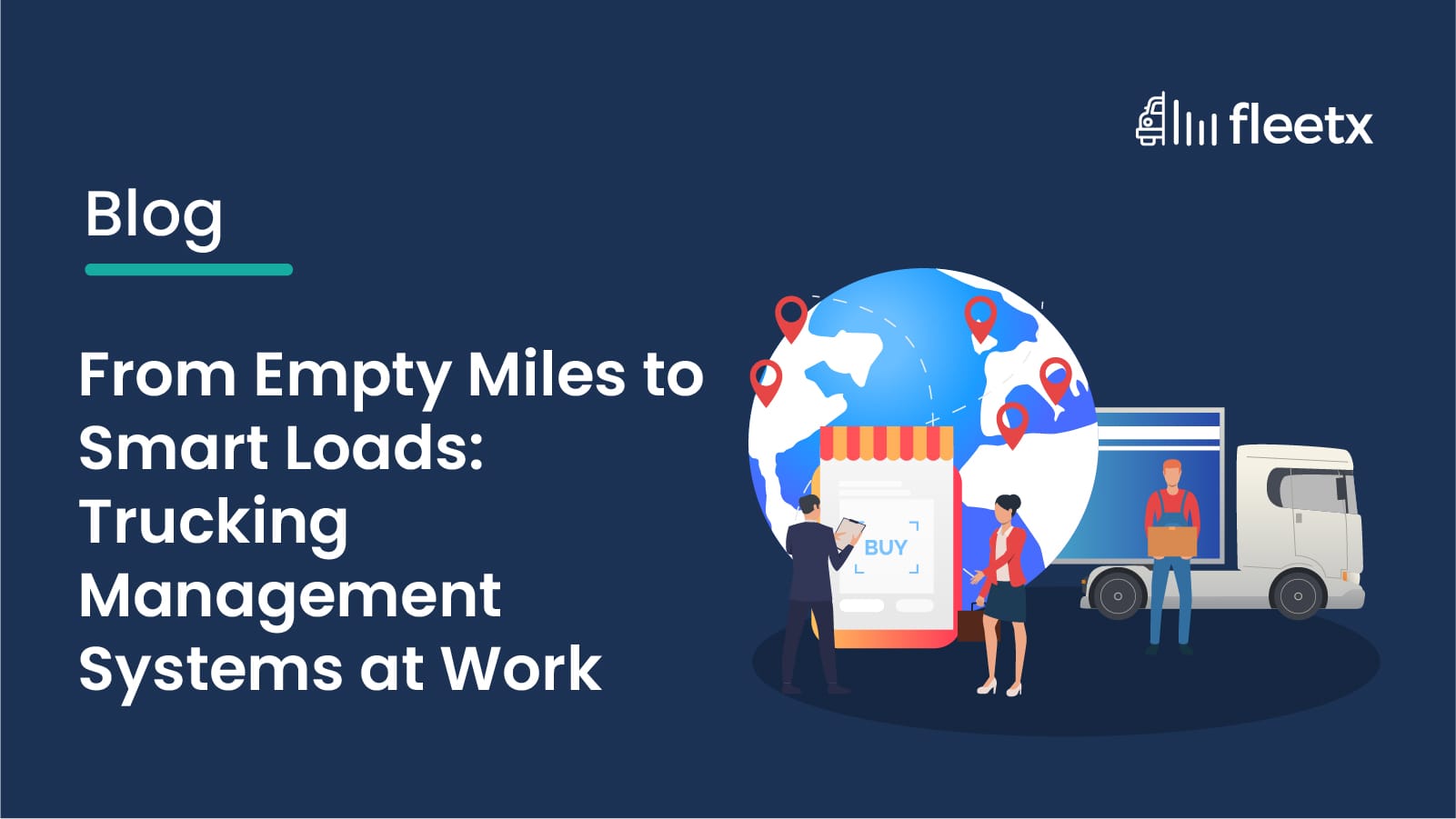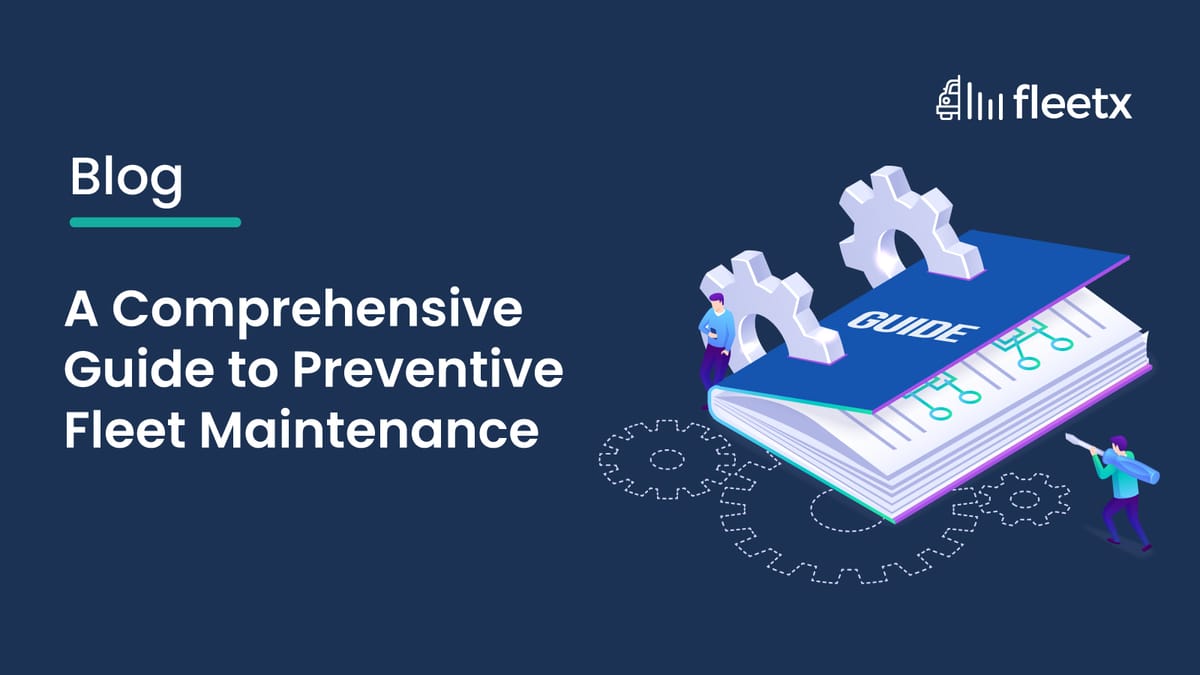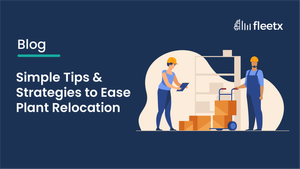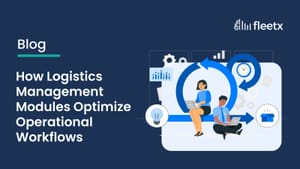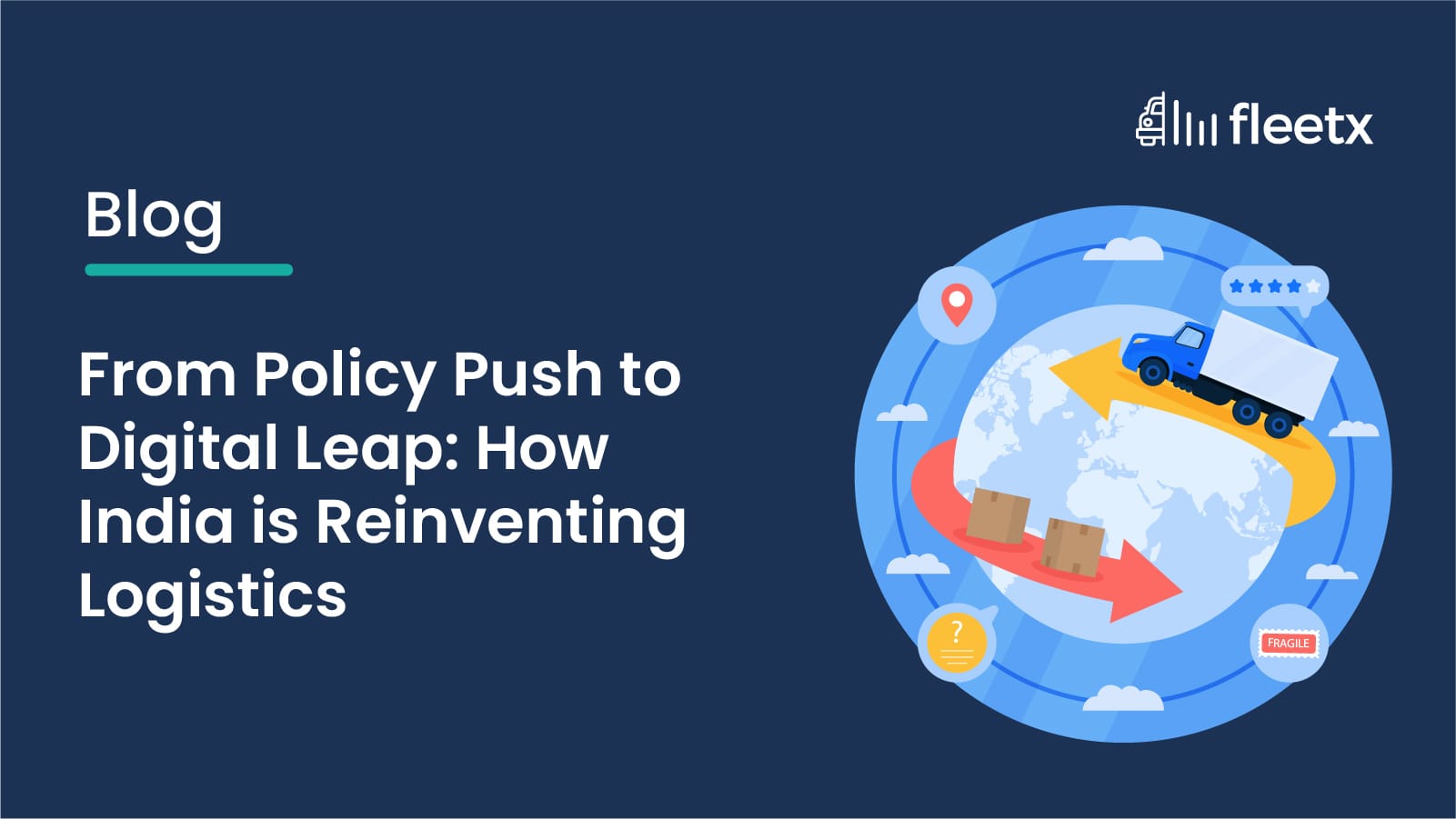
India’s logistics sector has long been slow, fragmented, and weighed down by inefficiencies. High logistics costs - 14% of GDP versus the global benchmark of 8 - 10%. Endless paperwork, and unreliable infrastructure have turned supply chains into stress chains. But over the last decade, a radical shift has begun. A combination of digital adoption, futuristic policies, and heavy infrastructure investment is reinventing logistics into a leaner, smarter, and globally competitive sector. The shift isn’t just about efficiency - it’s about making India a credible supply chain hub in the global market.
Hurdles on the Way to Logistics Success in India
- Fragmentation of Players: The market is dominated by small fleet operators who lack the resources to digitize or modernize.
- High Logistics Cost: Inefficiencies inflate logistics expenses, eating into national competitiveness.
- Infrastructure Gaps: Poor road conditions, limited multimodal connectivity, and congested ports lead to high turnaround times.
- Compliance Overload: Multiple permits, taxes, and state-level restrictions delay seamless cargo movement.
- Low Technology Penetration: Traditional operators often rely on manual tracking, paperwork, and outdated practices.
- Unorganized Sector Dependence: Informal players, who form the majority, operate outside data-driven or standardized systems.
- Skill Shortages: Driver training, fleet management skills, and digital literacy still remain inadequate.
Digital India – How Is Technology Transforming the Growth Curve
The government’s Digital India program is giving logistics a new growth curve. According to McKinsey, India had over 560 million internet subscribers by 2018, making it one of the world’s largest digitally connected populations. This connectivity is trickling into logistics in transformative ways -
- AI & Predictive Analytics are forecasting demand, reducing empty miles, and enabling better load consolidation.
- IoT & Telematics are embedding intelligence in fleets - monitoring vehicle health, driver behavior, and cargo conditions in real time.
- Fleet Tech platforms are giving operators digital dashboards to optimize routing, dispatching, and fuel consumption.
- FASTag has automated toll payments, cutting average wait times at toll booths by 70–80%, while saving billions in fuel costs.
- E-Way Bills have digitized documentation, enabling faster interstate transport and reducing compliance headaches.
Policy Push Enabling Logistics Transformation
National Logistics Policy (NLP) - Launched in 2022, the NLP is India’s logistics master plan. It sets a target of reducing logistics costs within 8 - 9% of GDP, aligning India with global benchmarks. It emphasizes digital integration of stakeholders, standardized data exchange, and a Unified Logistics Interface Platform (ULIP). For transporters, that means fewer compliance hoops and better visibility.
PM Gati Shakti - The ₹100 lakh crore national masterplan is about hardwiring connectivity. It synchronizes road, rail, air, and port projects, ensuring that investments don’t operate in silos. For logistics players, it means better multimodal networks, fewer bottlenecks, and faster project execution.
Infrastructure for Logistics - Recognizing logistics as “infrastructure” unlocked easier access to long-term finance, lower borrowing costs, and increased investor confidence. This policy shift made logistics attractive for private equity, institutional capital, and startups - fueling innovation and scale.
Indian Infrastructure Development: A Game Changer
Dedicated Freight Corridors (DFCs) - DFC projects are turning rail freight into a high-speed backbone. By separating freight from passenger movement, DFCs are expected to reduce transit time by up to 50% and cut logistics costs significantly.
Multimodal Logistics Parks (MMLPs) - These hubs combine warehousing, value-added services, and multimodal connectivity in one ecosystem. MMLPs promise economies of scale, better capacity utilization, and smoother freight transitions across modes.
Bharatmala Pariyojana - This ambitious road development project is building 34,800 km of highways, improving freight efficiency by connecting economic corridors, rural markets, and border areas. It is India’s attempt to fix the long-ailing arterial network.
Sagarmala Program - Sagarmala is reshaping coastal and port-led development. Modernizing ports, improving hinterland connectivity, and boosting coastal shipping will cut dependence on road freight while linking India more efficiently to global supply chains.
The Evolving Landscape of Public–Private Partnership
This logistics reinvention isn’t a one-sided government effort. Startups and 3PL players are rewriting the rules with tech-first approaches - digital freight marketplaces, AI-driven fleet optimization, and blockchain-based compliance.
Meanwhile, government–industry collaboration is stronger than ever. Whether it’s FASTag adoption, ULIP integration, or pilot EV freight corridors, policy and private enterprise are working together. This ecosystem approach is enabling both scale and innovation—a combination India badly needed.
Green Shift: Making Indian Logistics Future-Ready
- EV Fleets are scaling rapidly across last-mile and mid-mile segments, cutting both emissions and operating costs while aligning with India’s 2070 net-zero commitment.
- Smart Warehouses are adopting IoT-driven automation, robotics, and solar panels to improve energy efficiency while slashing overheads.
- Renewable Energy Adoption at logistics hubs is reducing dependence on diesel gensets, making freight parks and warehouses greener and more resilient.
On the Road to Global Recognition
India is steadily climbing the World Bank Logistics Performance Index (LPI), reflecting the progress made in efficiency and reliability. The vision is clear: transform India into a global supply chain hub, not just a low-cost alternative. With NLP’s digital backbone, Gati Shakti’s infrastructure grid, and private sector innovation, exports are set to move faster, cheaper, and greener.
The reinvention is still a work in progress, but the trajectory is unmistakable. From policy push to digital leap, India’s logistics is no longer crawling - it’s learning to sprint.

